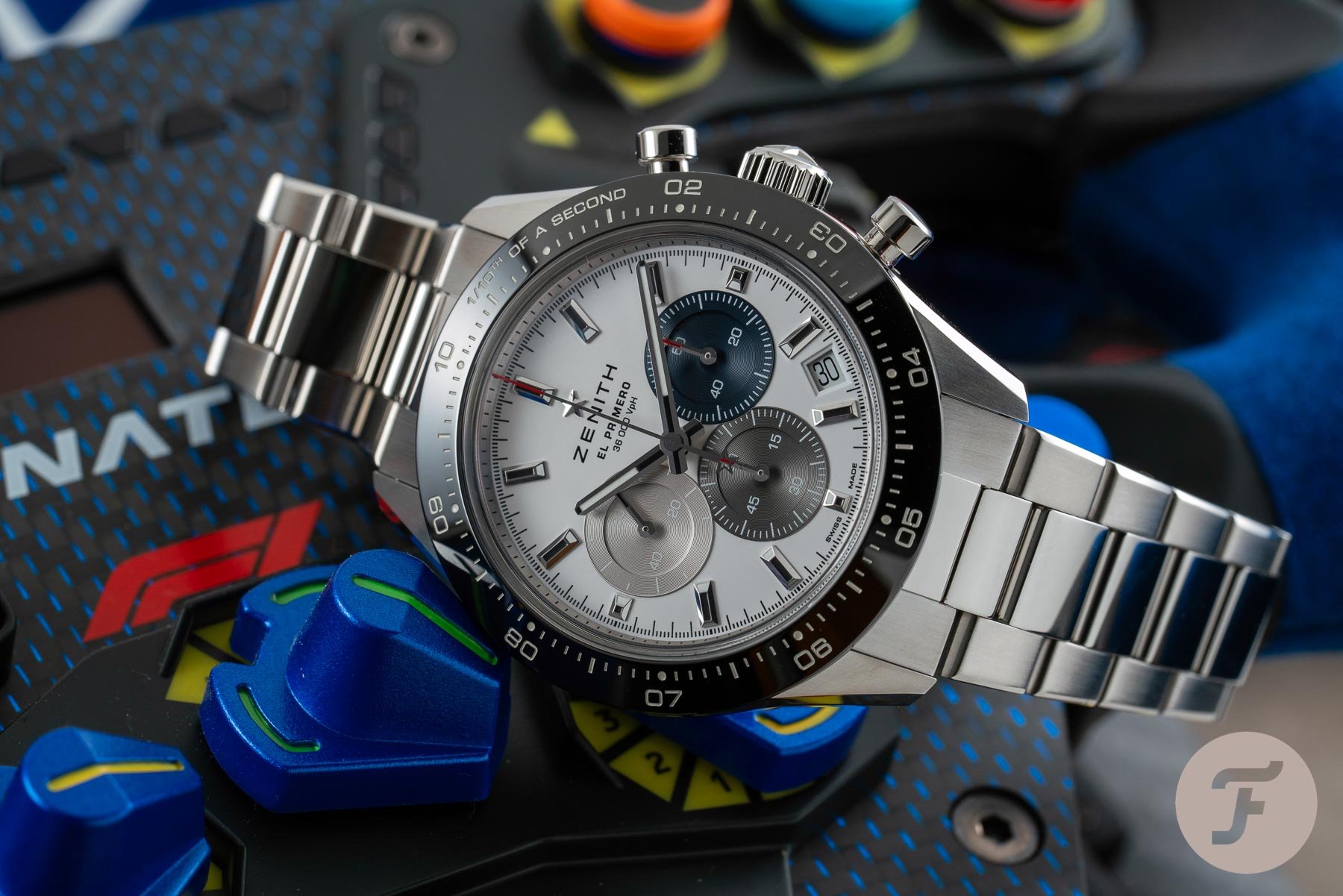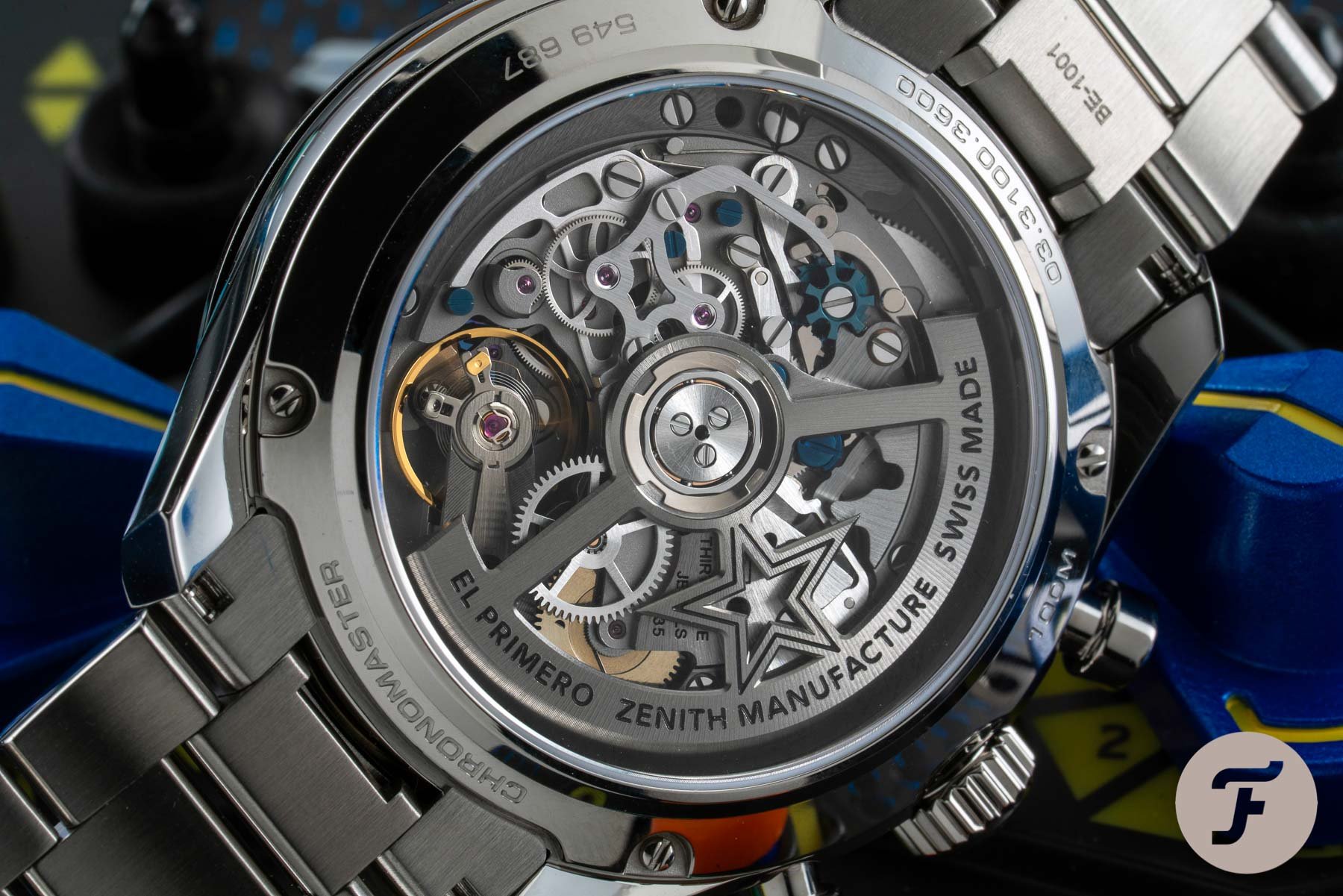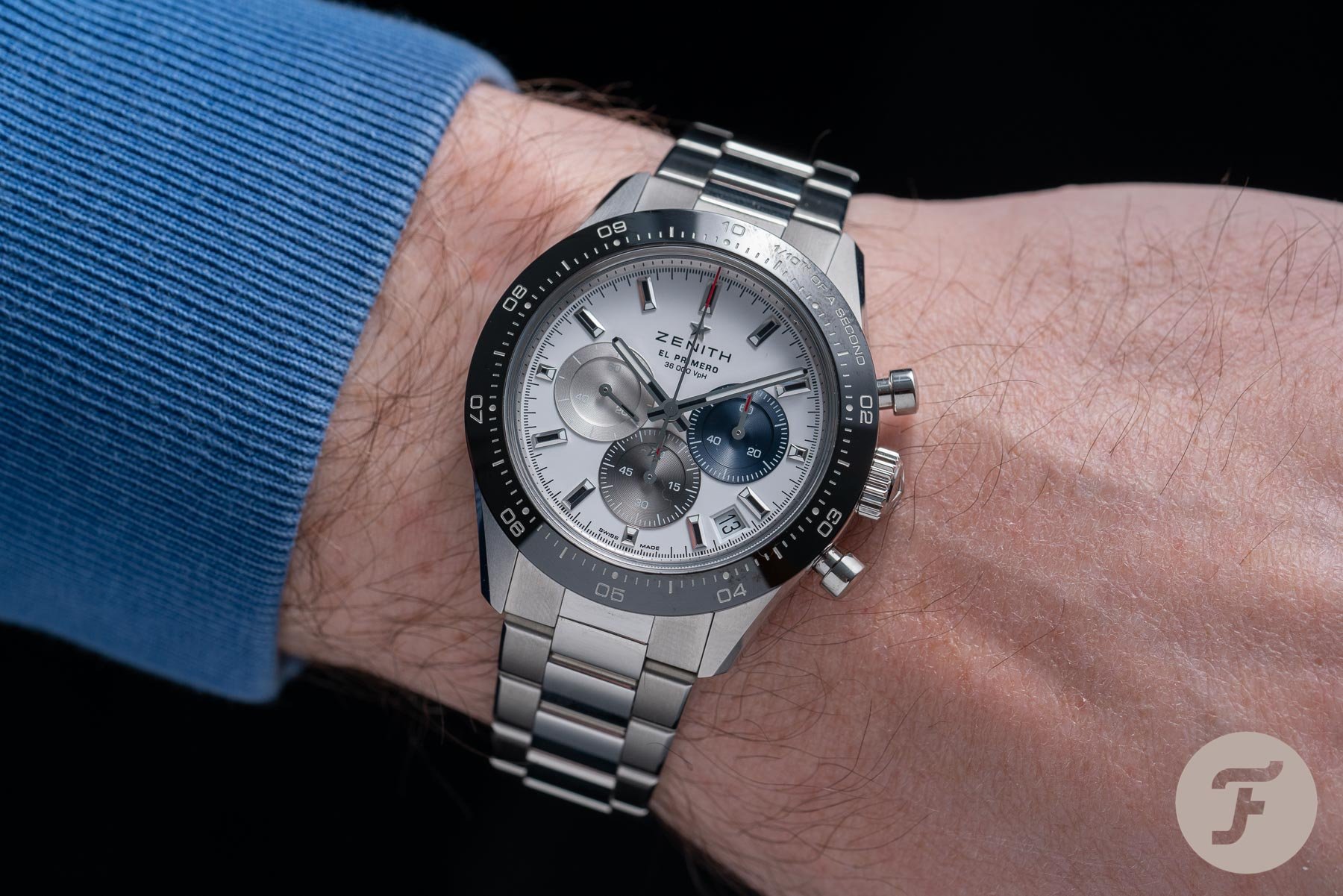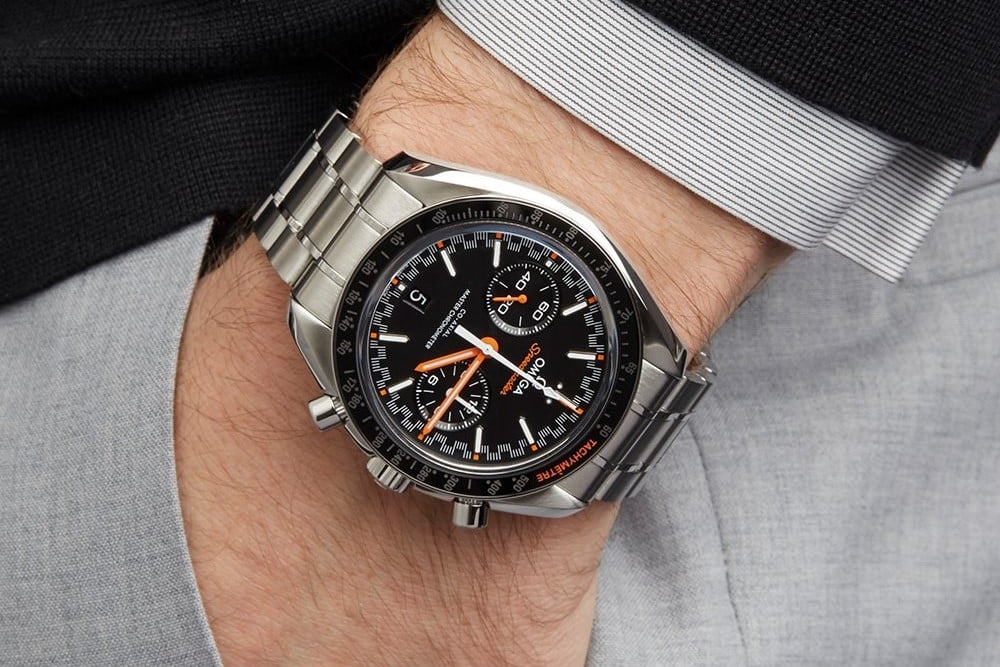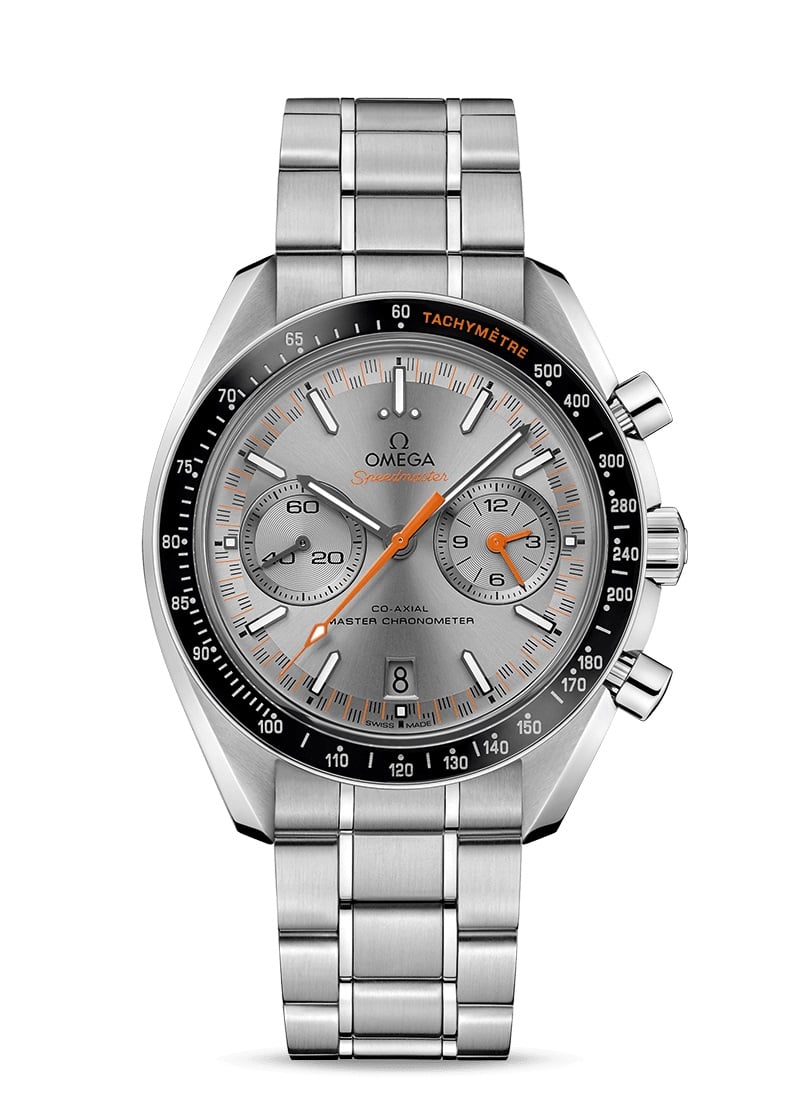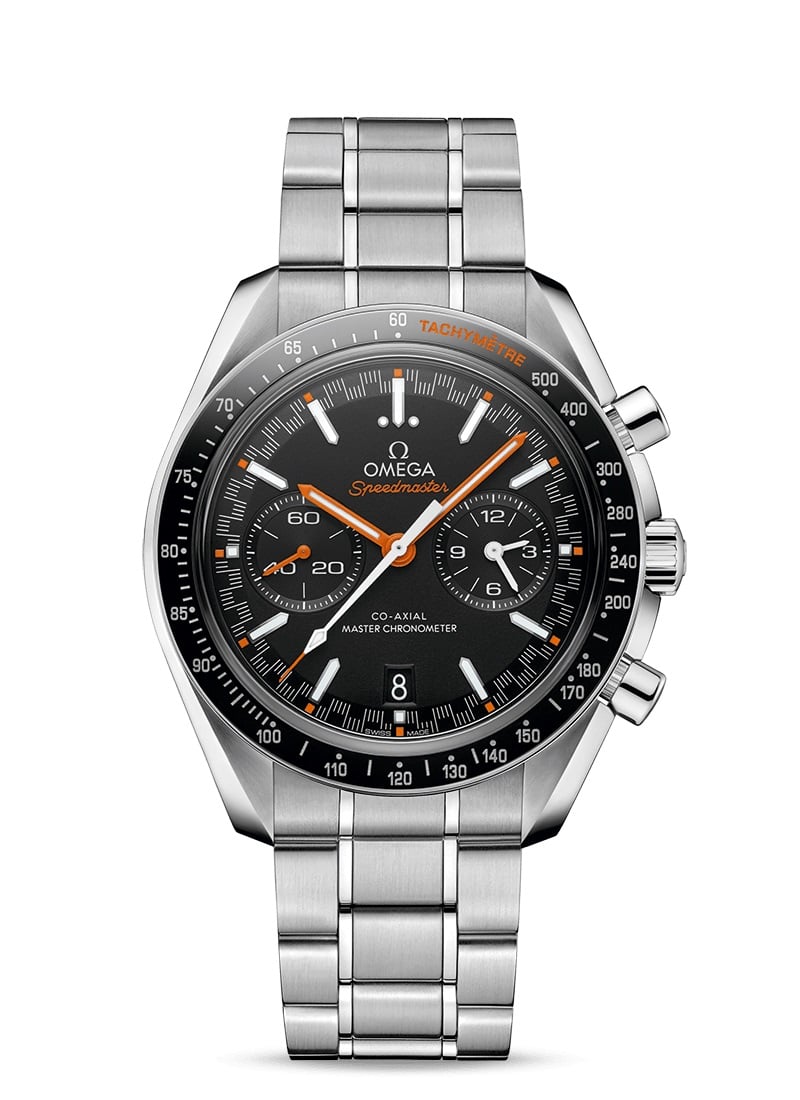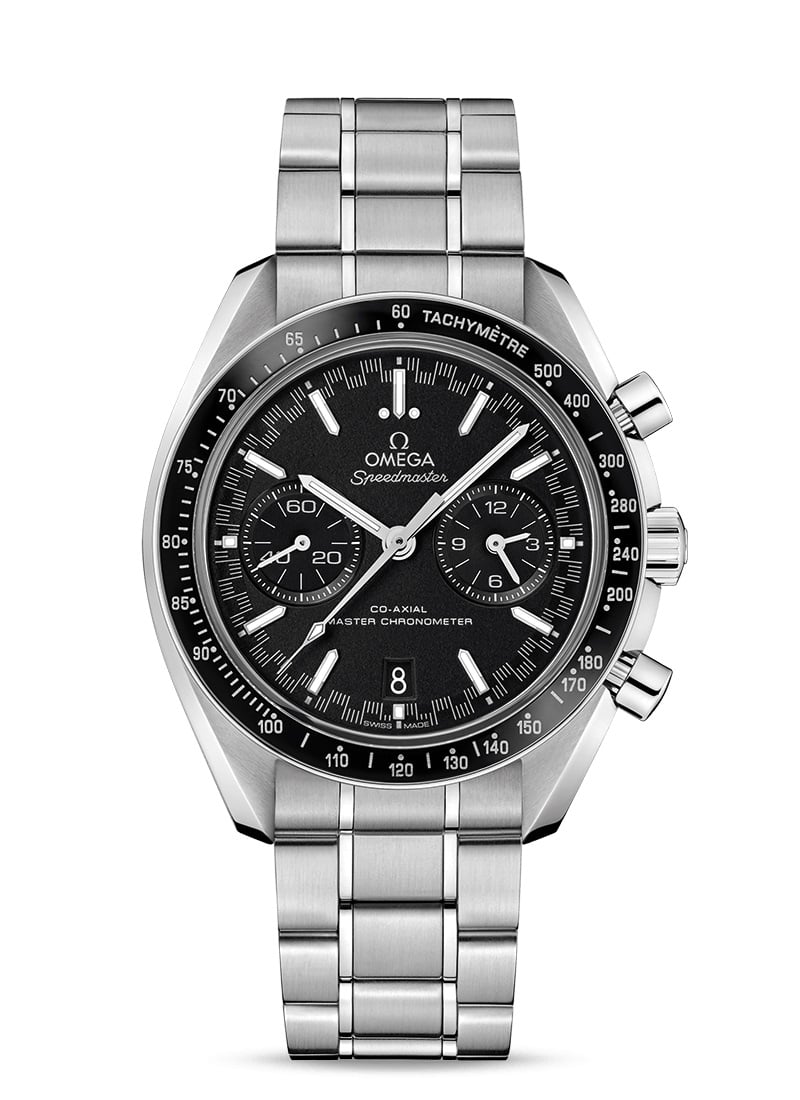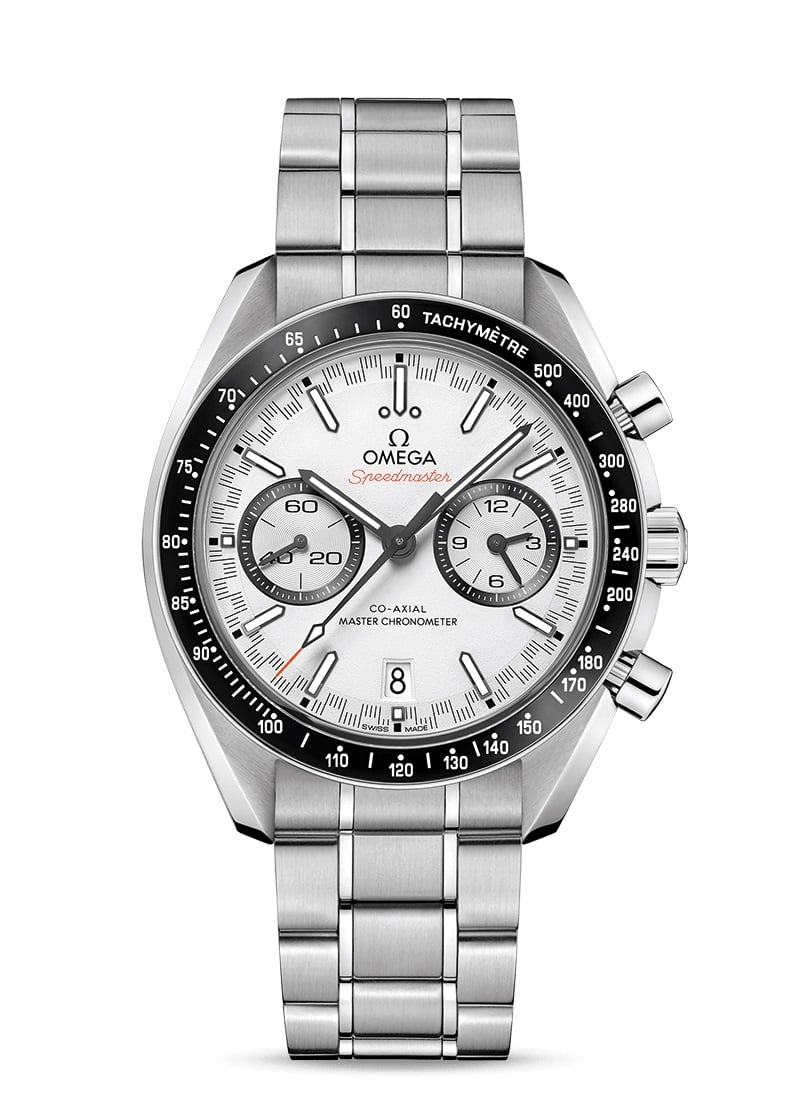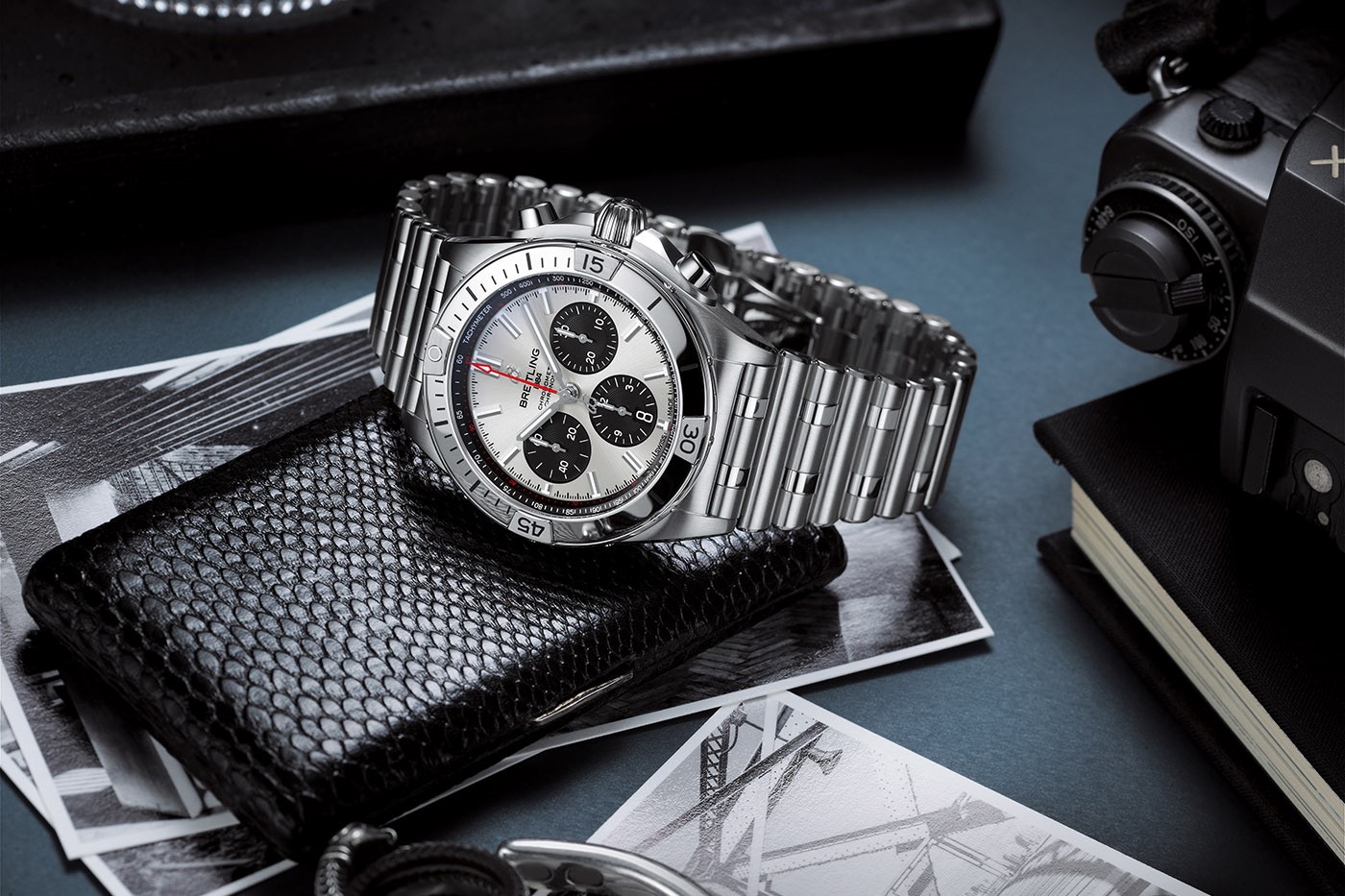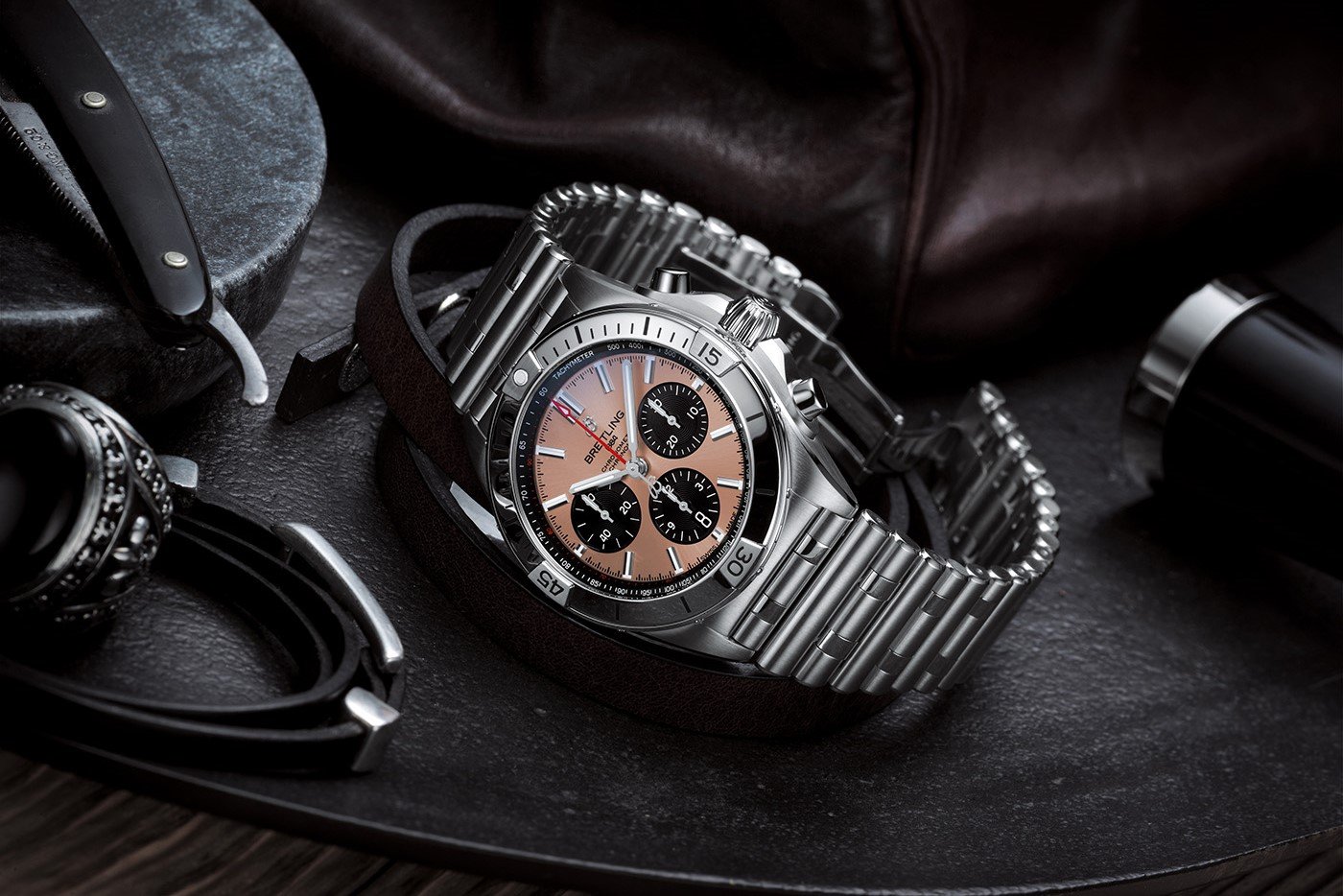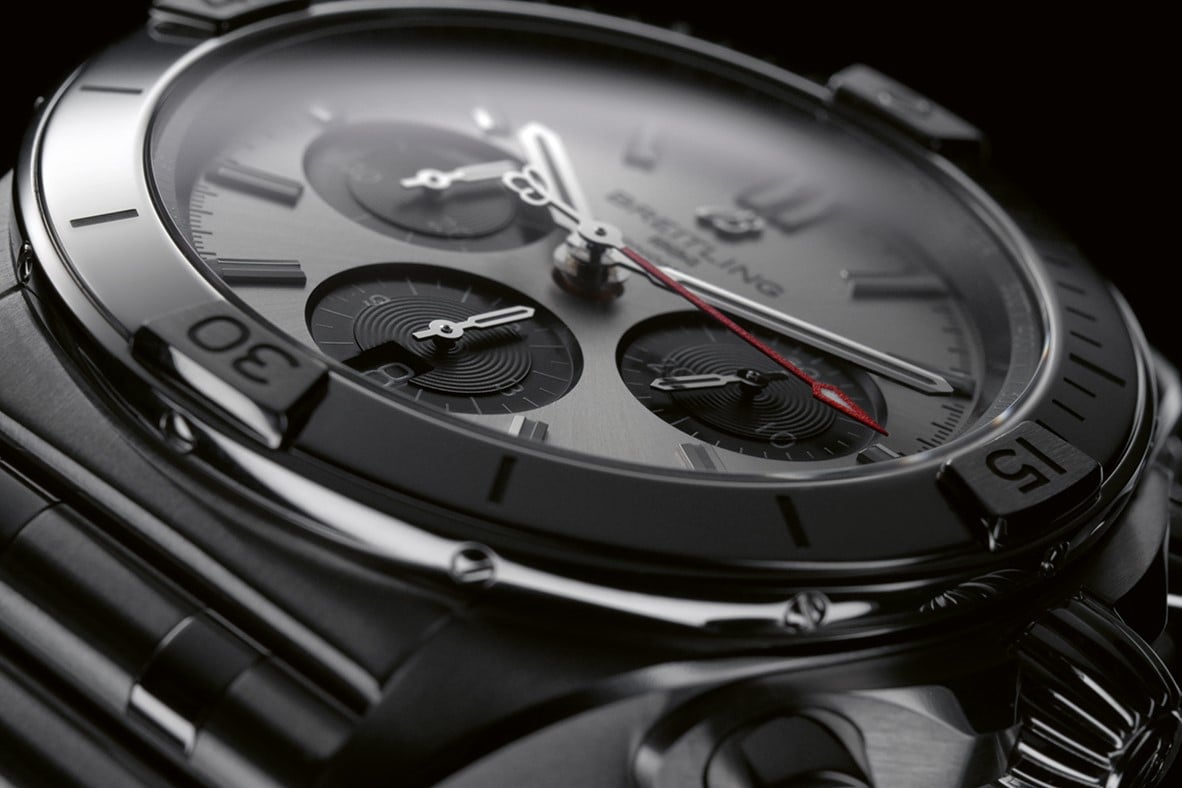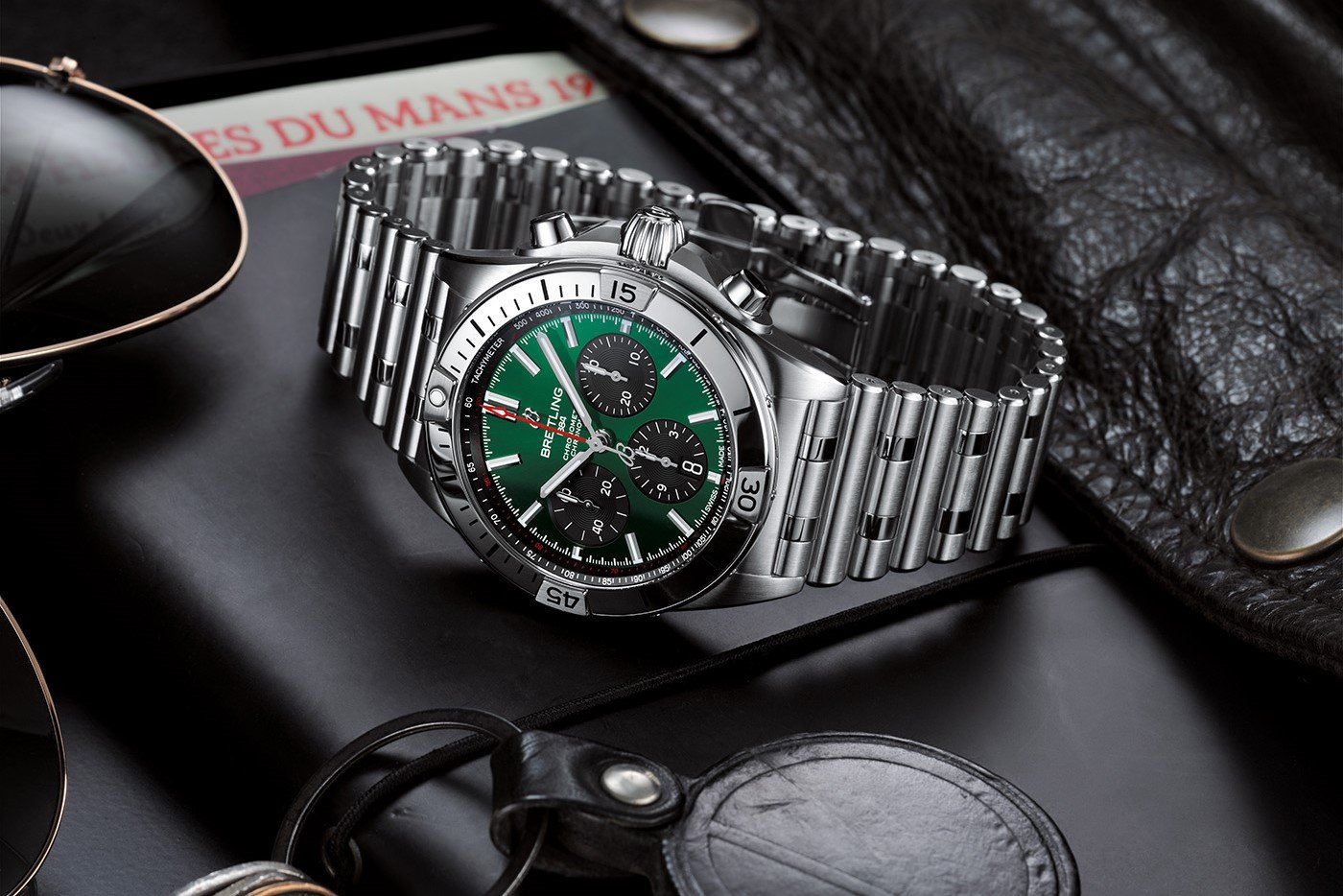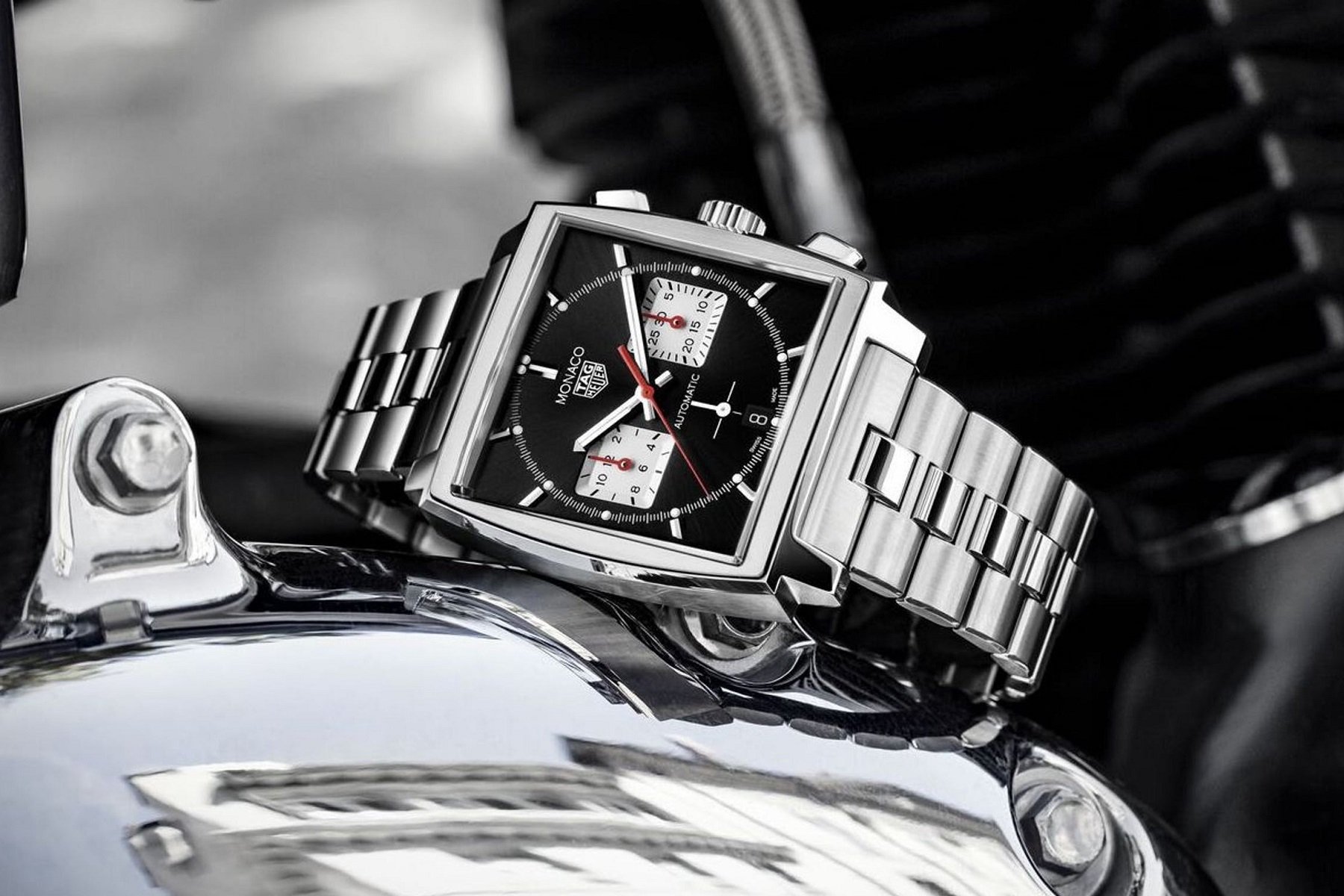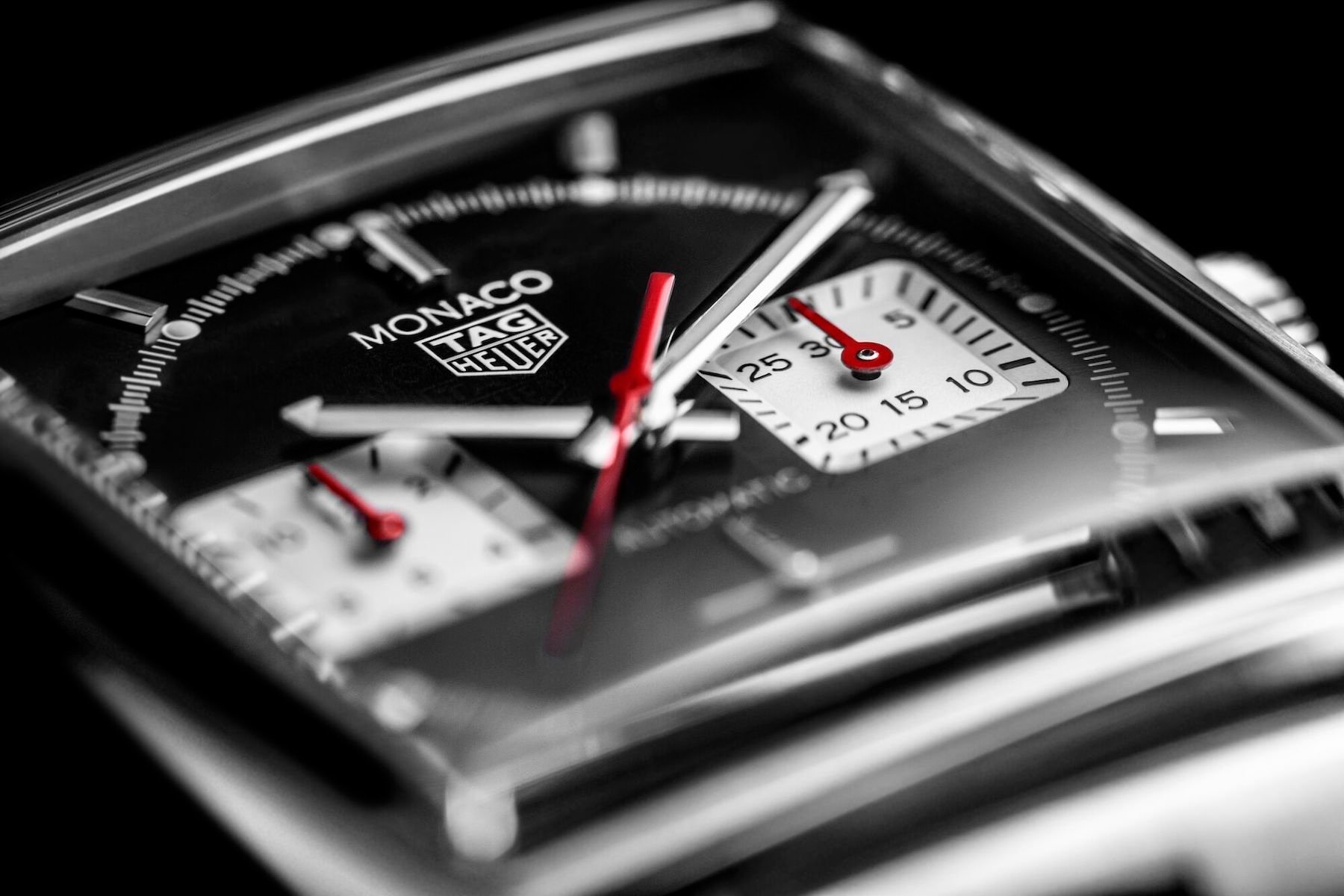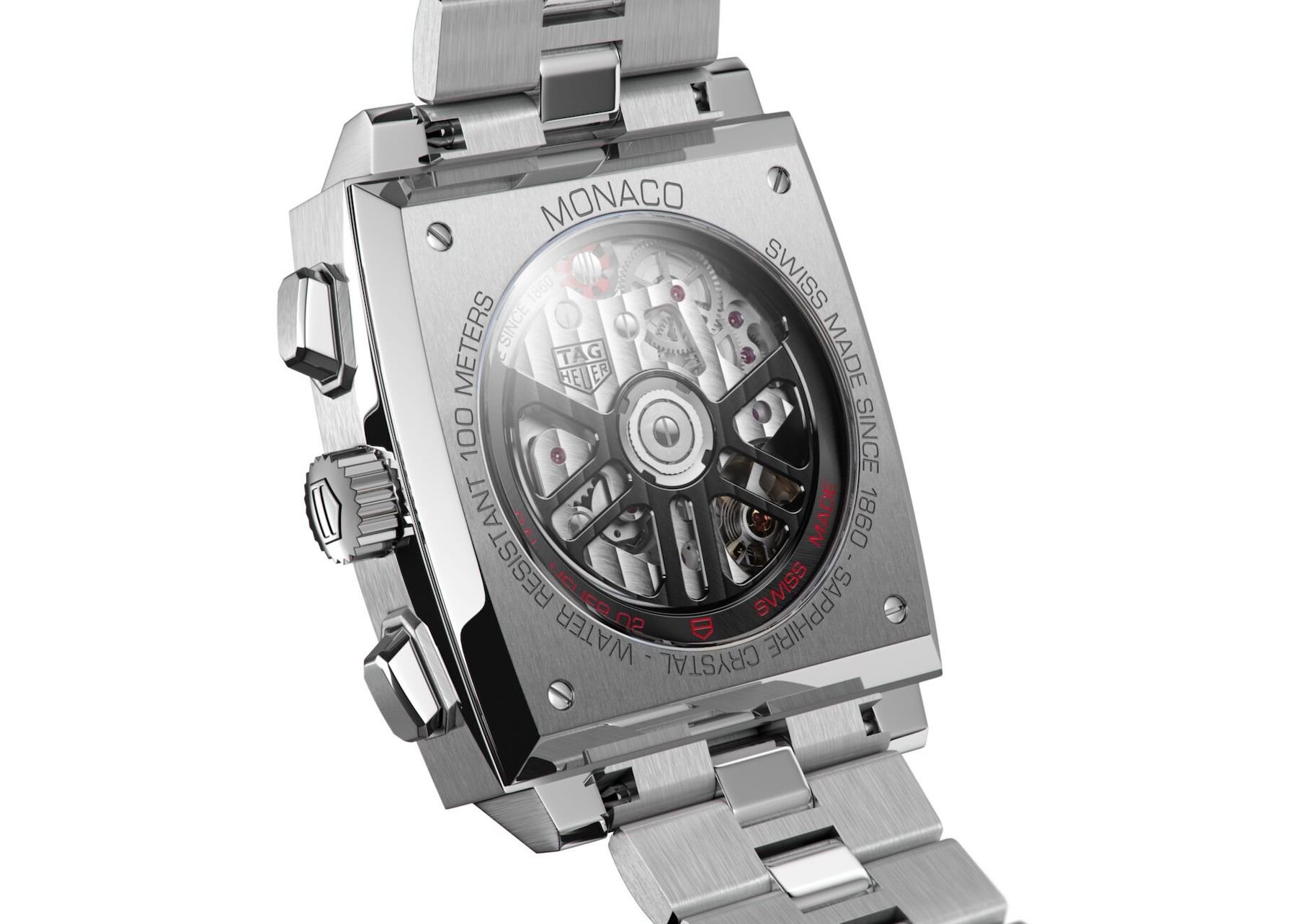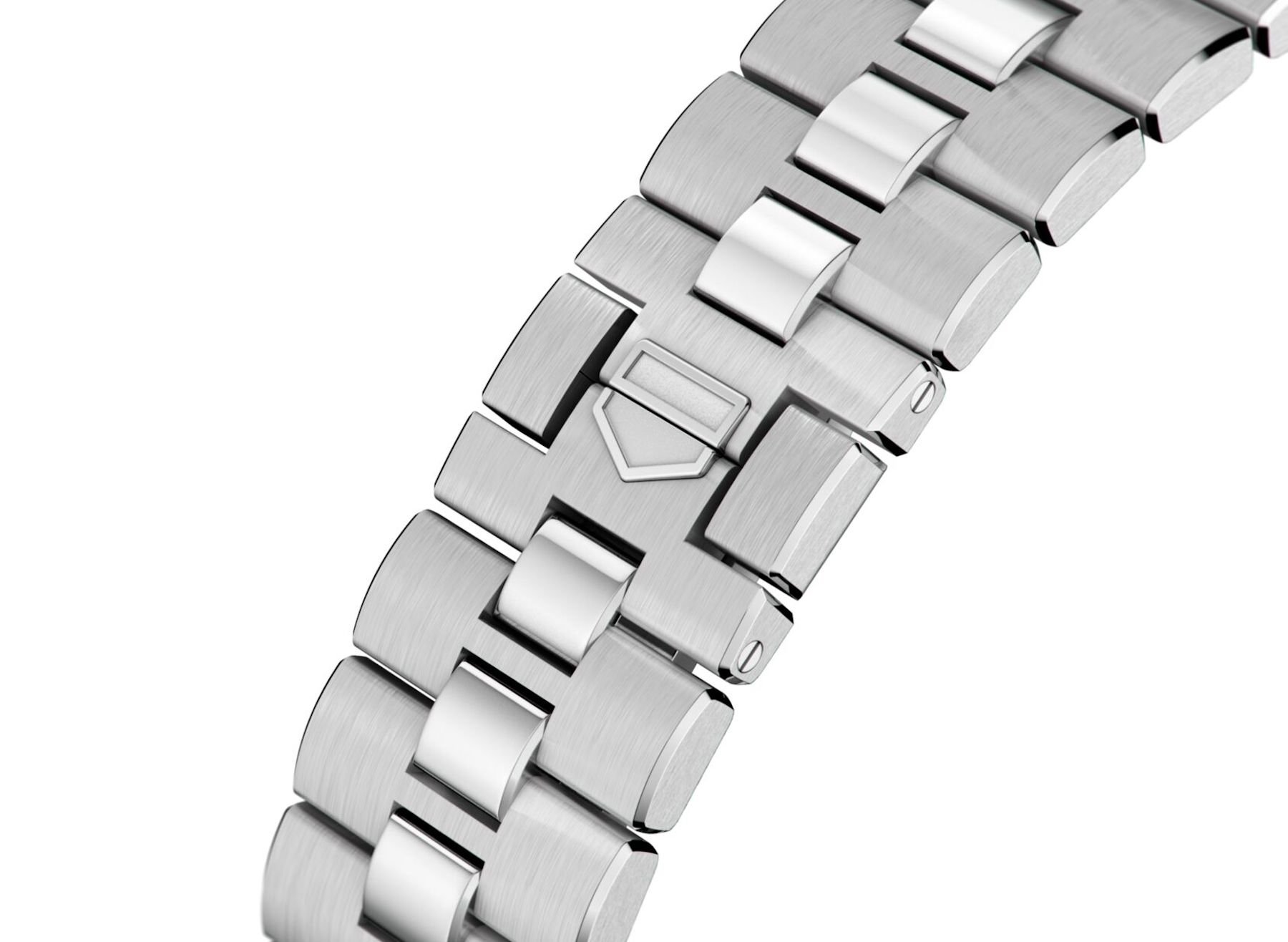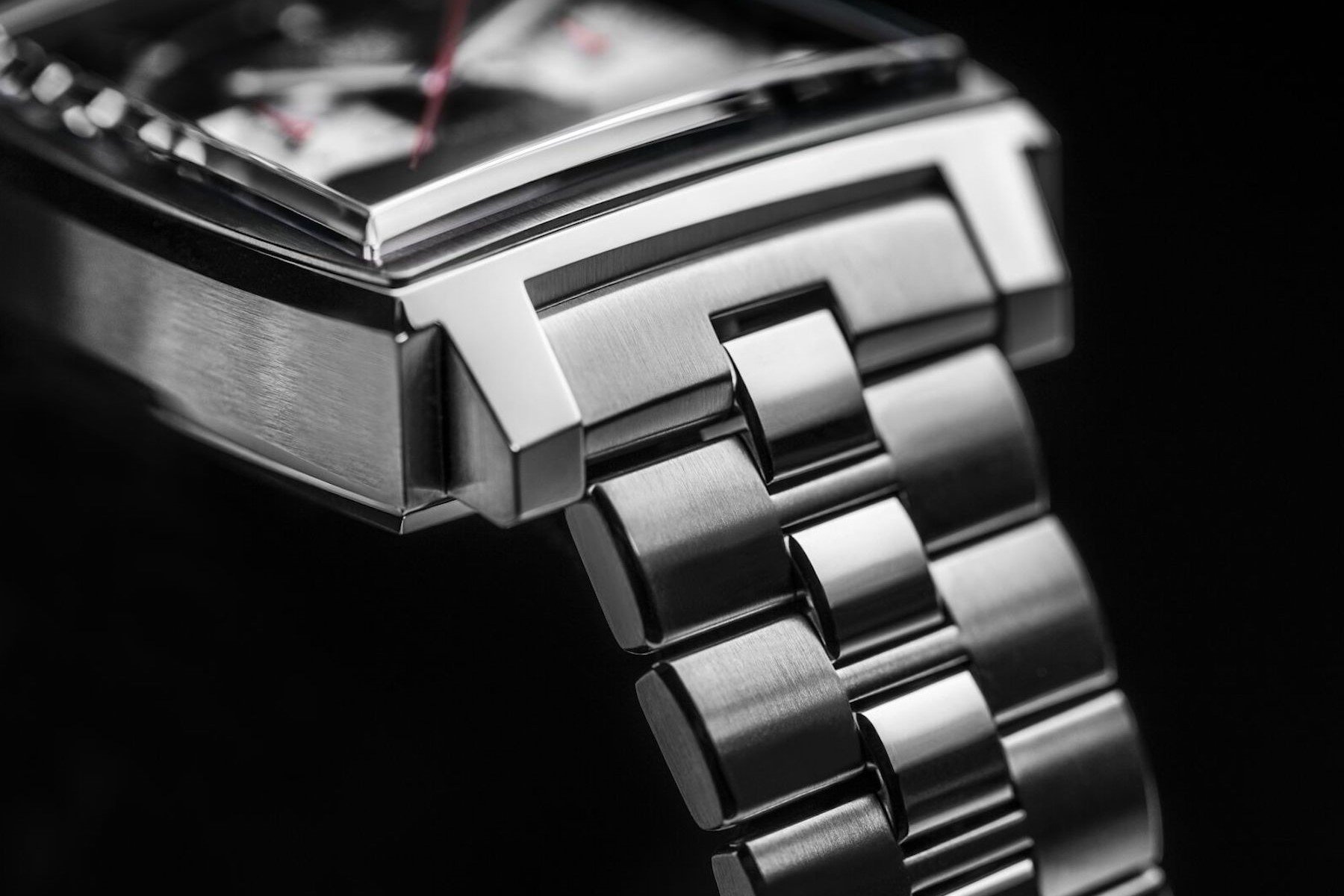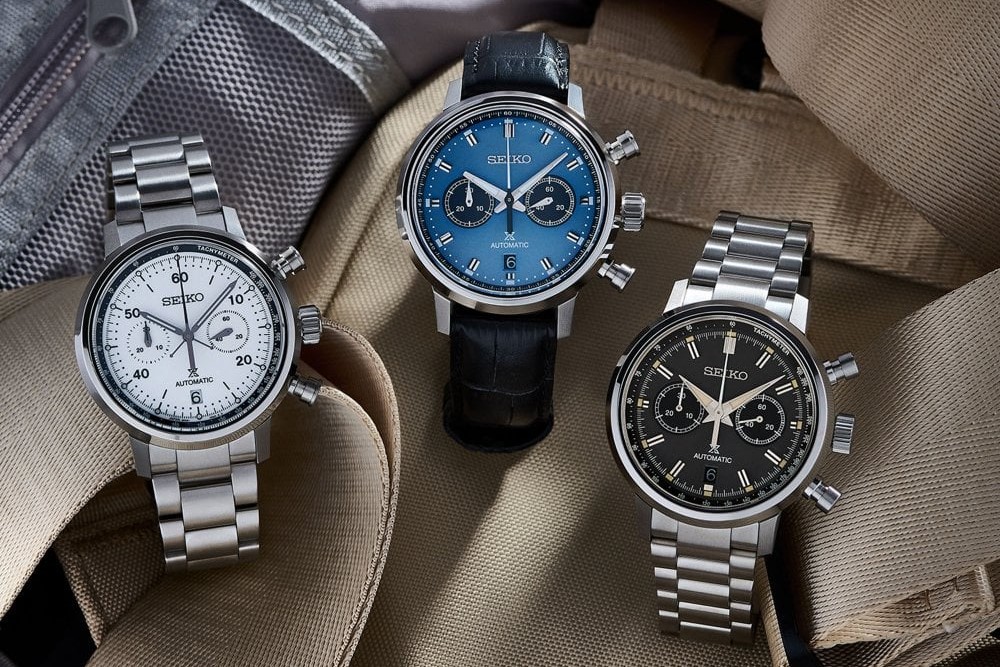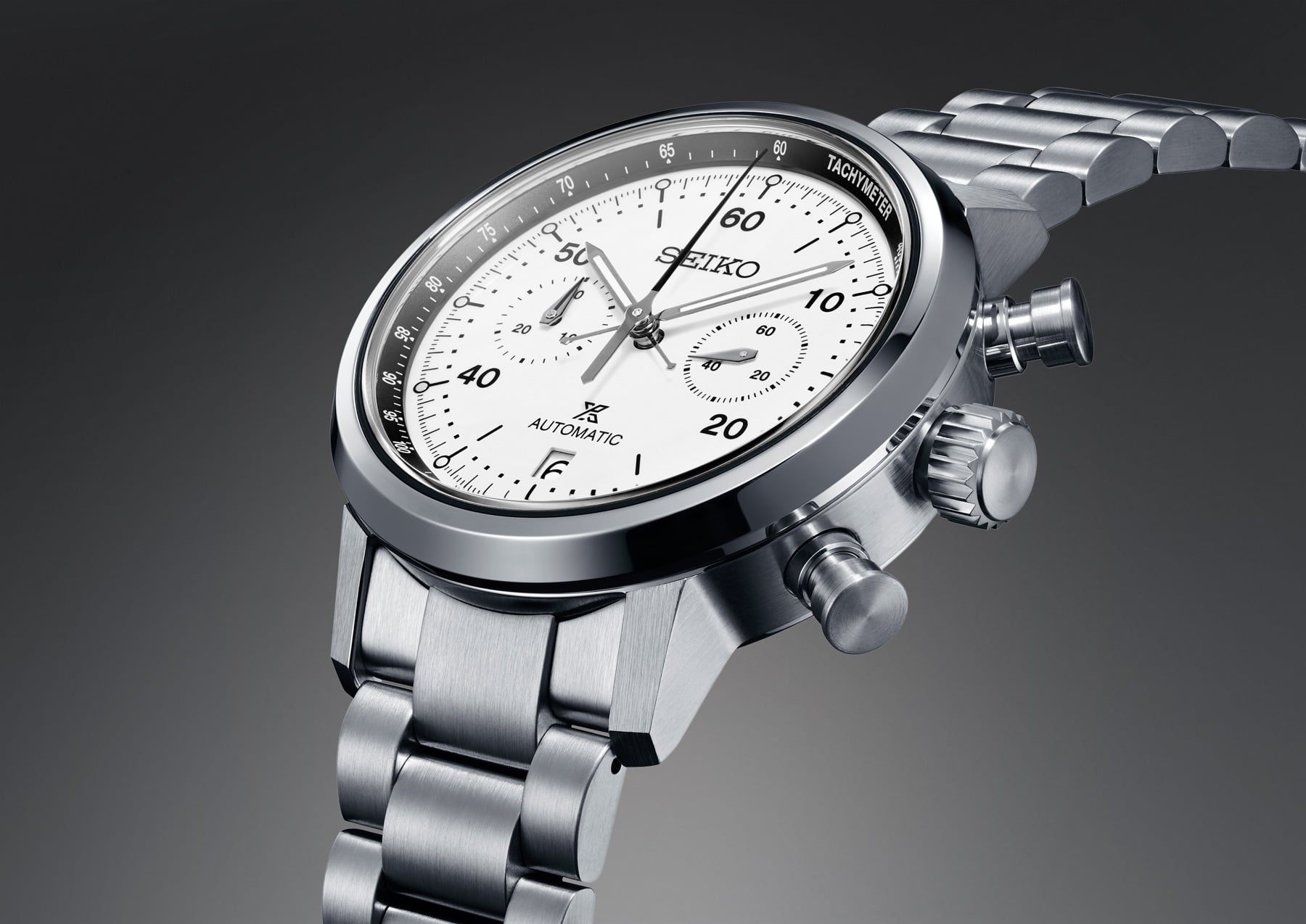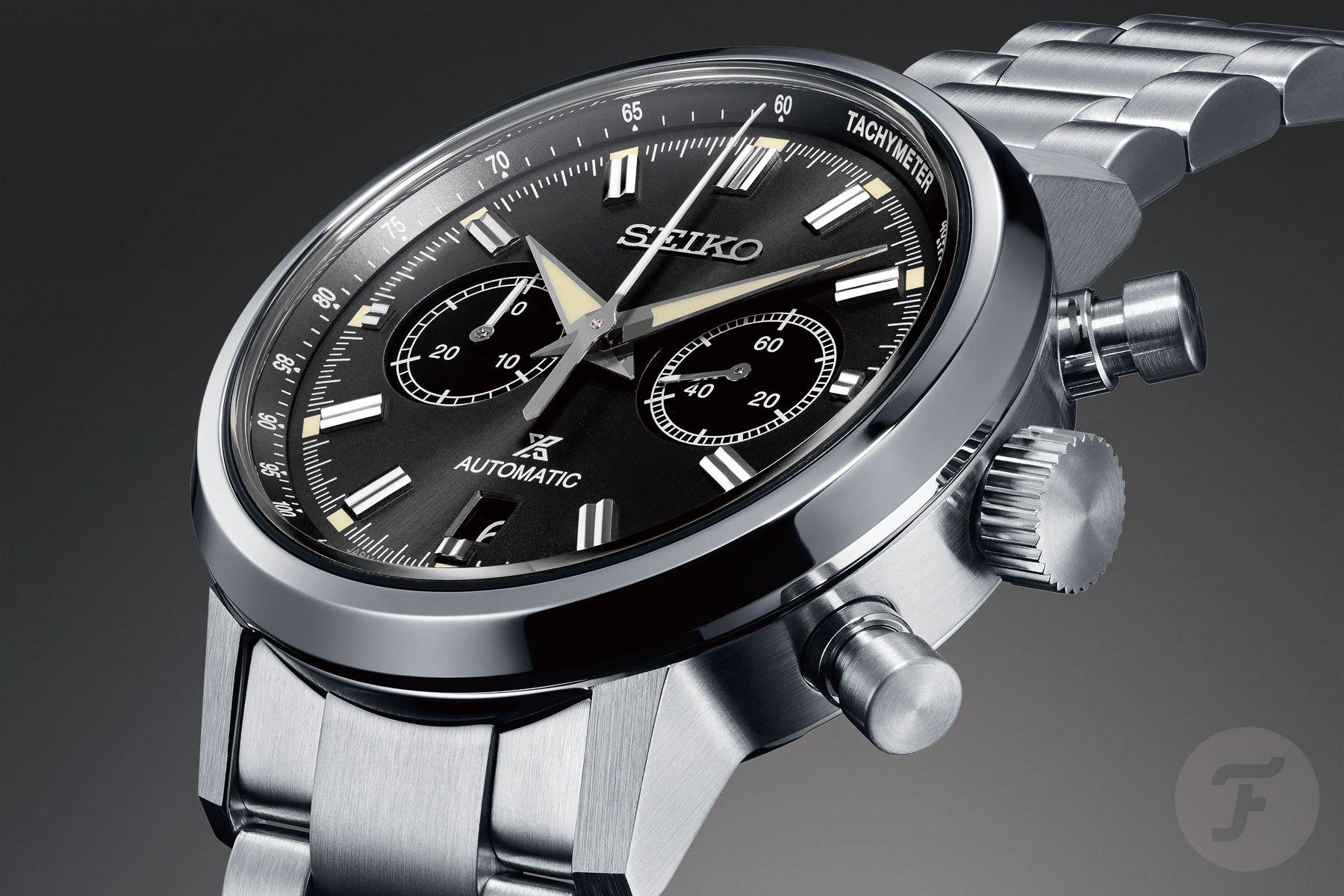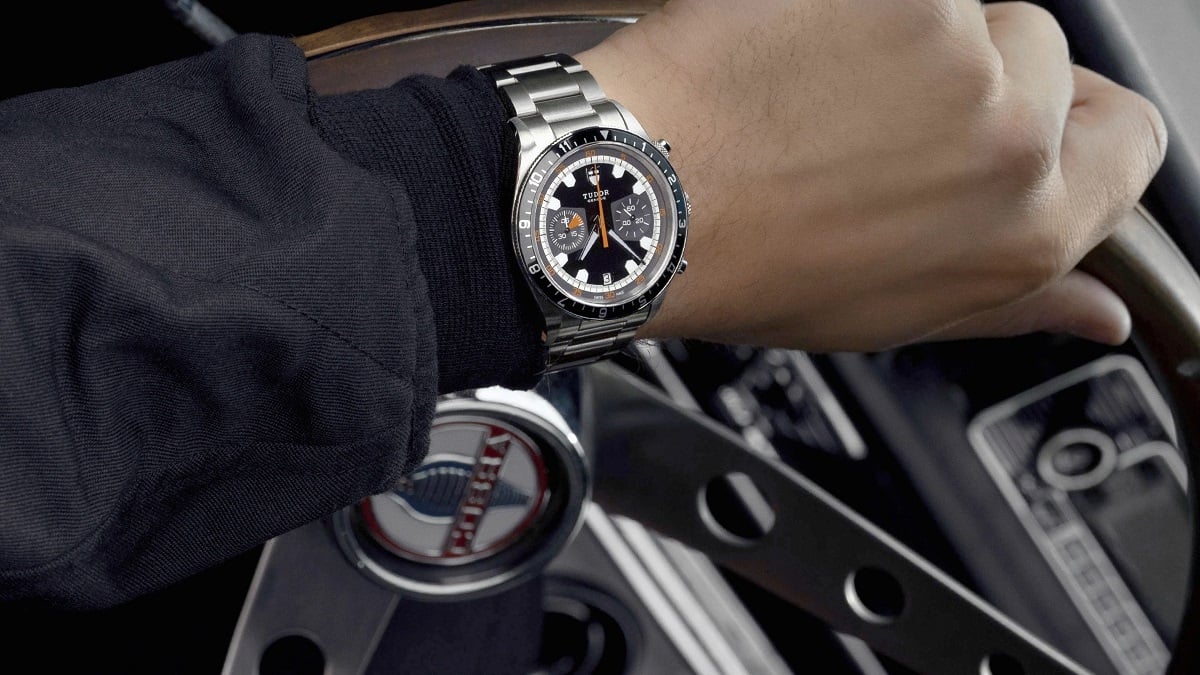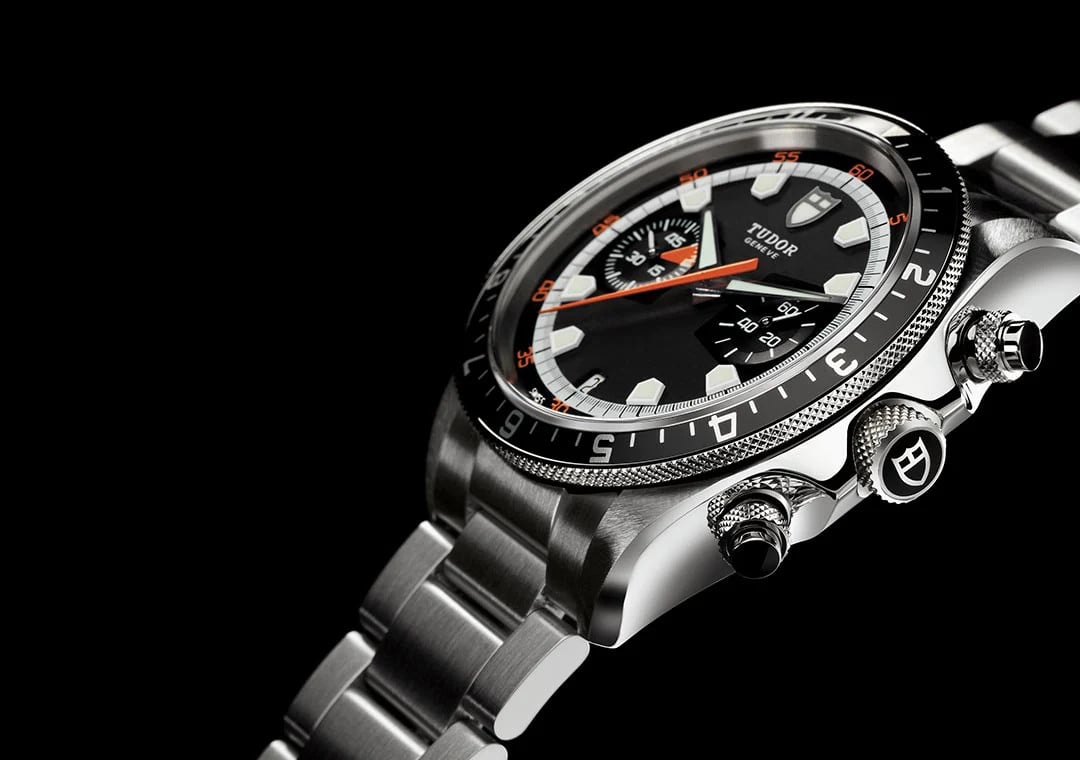Five Alternatives To The Rolex Daytona — Zenith, Omega, Breitling, TAG Heuer, And Seiko
Is it possible to find five alternatives to the Rolex Daytona? Let me answer that by saying that you don’t really have a choice. Not if you insist on buying at list price, you don’t. For the cool and collected amongst us, the hype-free crowd, this means finding a chronograph that ticks the same boxes. Okay, maybe the five alternatives I’ll present from Zenith, Omega, Breitling, TAG Heuer, and Seiko don’t tick all the boxes. There is no sign of the illustrious crown on the dial — the obvious one. Nevertheless, I feel these chronographs have a lot to offer.
So here are my five alternatives to the Rolex Daytona. The current Daytona 116500LN, that is, a €13,800, stainless steel, mass-produced watch (although the numbers Rolex churns out are still not enough to please the masses). I’m not trying to find alternatives for mythical vintage pieces. This is about watches that are currently in series production. Some requirements to make it to my subjective shortlist are an automatic movement, a steel bracelet, and a brand on the dial that has been around for quite a bit. And those criteria do have some consequences.
… prestige and recognizability are important to Rolex buyers …
You won’t find an Omega Speedmaster Professional “Moonwatch” here, for instance. That is because of its hand-wound movement. And there’s also nothing from ambitious newcomers. Prestige and recognizability are important to Rolex buyers, and that’s why I looked at the traditional manufacturers. Maybe I will do an article entitled “Five Alternatives To The Rolex Daytona From Alternative Brands” later this year.
Five alternatives to the Rolex Daytona — Zenith Chronomaster Sport
Some people call the Zenith Chronomaster Sport the “Zaytona”. That makes sense. The €9,700 Chronomaster Sport sure has a lot in common with the Daytona. It’s a tad bigger — 41mm for the Zenith versus 40mm for the Daytona — and the dial is a bit more frivolous with its overlapping sub-dials in three different colors. But when you squint your eyes, it comes mighty close to being a copycat, I mean homage, no, sorry, alternative. Does the fact that Zenith supplied Rolex with movements for the first automatic version of the Daytona in the 1980s and ’90s count? I think so; I’m in a lenient mood.
Clean instead of cluttered
The movement inside the Chronomaster Sport is the El Primero caliber 3600. That movement is an updated, high-frequency, automatic chronograph movement that can measure exactly 1/10th of a second. The date is a bonus for some and a bit of a shame for others. But the date window between 4 and 5 o’clock is also a style characteristic of the Zenith El Primero. The same goes for the dial configuration, of course. The Daytona’s cluttered look of the crown and pushers, which some people despise with a vengeance, is notably absent from the Chronomaster Sport. Old-fashioned pump pushers with enough room to the crown provide a clean, sporty, stopwatch kind of look.
The prominent ceramic bezel is impossible to ignore. It’s probably the biggest similarity between the Chronomaster Sport and the current Daytona. The bezel is the reason the Zenith got its “Zaytona” nickname, I’m sure. Could the bezel also be the reason you see this chronograph as a worthy alternative? Personally, I think it’s the combination of aesthetics, movement, and brand history that make the Chronomaster Sport a worthy alternative to the Rolex Daytona.
For more information about the different versions of the Chronomaster Sport, please visit the official Zenith website.
Five alternatives to the Rolex Daytona — Omega Speedmaster Racing Co-Axial Master Chronometer
The Omega Speedmaster Racing Co-Axial Master Chronometer Omega is a big alternative, literally. It measures a whopping 44.25mm. That’s a lot bigger than the modestly sized Daytona. But I know some Daytona owners who think the watch is too small. For those who do, the XL Speedmaster Racing is the logical alternative.
- 32930445106001
- 32930445101002
And the Omega is significantly cheaper than the Rolex too. Omega’s chronometer-precise Speedmaster has a price that stays south of the magical €10K border; it costs €9,200 in the Netherlands with its 21% sales tax. Both literally and figuratively, you get a lot of watch for your money. And it’s not just the Speedmaster Racing’s case that’s exuberant. So is the black ceramic bezel with a tachymeter in Liquidmetal. You can even go for a version with orange wording on the bezel and matching orange dial details and hands.
- 32930445101001
- 32930445104001
Speed is everywhere
It’s the distinctive racing-style minute track that gives the Speedmaster Racing chronograph its name. And it’s the automatic Co-Axial caliber 9900 certified by METAS that makes this robust chronograph an industry-leading Master Chronometer. The Daytona is also a chronometer, but the METAS certification requires stricter rules than those of COSC. In other words, this “Speedy” beats the Daytona by a couple of seconds.
For more information about the different versions of the Speedmaster racing, please visit the official Omega website.
Five alternatives to the Rolex Daytona — Breitling Chronomat B01 42
It’s smaller than the Omega, as well as a bit cheaper, but it’s also a chronometer, and it’s got a famous name. I’m talking about the €7,900 Breitling Chronomat B01 42. If you’re looking for wrist presence and instant recognizability, the Chronomat is the watch for you. It has been since 1984, and with the latest 42mm version, Breitling has prepped it for the 2020s.
A most subtle Chronomat
The bold, brash Chronomat was a huge success, and it came to define a new era for Breitling. For a while, every other new watch in the collection was modeled after it, apart from the Navitimer, of course. The latest version of the Chronomat, in a widely appreciated 42mm case, still has the characteristic rider tabs, but they are smoother and more subtle than ever before. Yes, I just used the words “subtle” and “Chronomat” in the same sentence — who would have guessed?
Indeed, the new Chronomat looks more civilized than ever, but it also can be seen as an homage to the 1980s version. There’s the bracelet, for instance, with its brushed rifle-shell-style links bound together by polished intermediate links. And the crown guards surrounding the grooved, bullet-shaped crown — a very distinct Chronomat feature — are more angular and sharper now. The grooves on the pushers are gone. I understand the omission from a practical standpoint, but aesthetically, I’m not sure if it’s actually an improvement.
In-house inside
The Ernest-Schneider-era Chronomat started its life in 1984 with an out-sourced Valjoux 7750 inside the case. The Chronomat B01 42, however, uses the in-house caliber B01. It allegedly took a $50-million R&D investment to bring this movement to life, and it resulted in an automatic, chronometer-precise chronograph caliber with a 70-hour power reserve. You can have a look at it through the watch’s sapphire case back, through which you will also see its engraved winding rotor. When it comes to power reserve, the Breitling B01 doesn’t beat the caliber 4130 inside the Rolex Daytona — it’s a draw. But the case of the Daytona “only” keeps the movement safe to a depth of 100 meters, whereas the Breitling is water-resistant to 200 meters.
You can read more about the watch on Breitling’s website and check out Ben’s recent comparison to his Daytona here.
Five alternatives to the Rolex Daytona — TAG Heuer Monaco Caliber 02
I know, I’m suggesting a square alternative to something that’s round. But since I’m looking for characteristic and charismatic chronographs, it’s hard to ignore the angular, edgy Monaco. The 39mm Monaco Calibre Heuer 02 is the most evolved version of a watch that debuted in 1969.
The Monaco is legendary for three reasons, the first of which is its revolutionary, water-resistant case built by case maker Erwin Piquerez. Second, it contained the ground-breaking automatic chronograph Caliber 11, which positioned the crown on the left side of the case. And last but certainly not least, the Monaco is a legend because Steve McQueen wore one in the 1971 movie Le Mans.
No Caliber 11, but Caliber 02 instead
The latest Monaco uses the in-house Caliber 02 that (unfortunately) has the crown in the familiar 3-o’clock position. Apart from being up-to-date, it also displays small seconds at 6 o’clock. The new model mimics the original Monaco layout with its two counters at 9 and 3 o’clock to record elapsed hours and minutes respectively, while the small seconds hand makes do without a sub-dial.
Square peg in a round hole
What do you think about the bracelet on the new Monaco? It takes some getting used to, but it does give the watch an extra-sturdy, almost industrial look. If you prefer the “Full Metal Jacket” aesthetic of the Monaco with a bracelet over the traditional look of a leather strap, it will cost you €6,200 — that’s a €400 premium. Still, the look is one thing; the feel and fit are something completely different. When it comes to the Monaco, it’s absolutely essential that you have a pre-purchase touch-and-wear session. The Monaco does take a bit of getting used to. But if it fits, it fits like nothing else. The TAG Heuer Monaco’s unique presence and charisma make it a valid alternative to the Rolex Daytona. The Monaco is your square peg in a round Daytona hole.
Learn more about the TAG Heuer Monaco Caliber 02 here.
Five alternatives to the Rolex Daytona — Seiko Prospex Speedtimer Automatic Chronograph
You want the motorsports look on your wrist, but you don’t want to break the bank. But you also want an in-house movement, a bit of history, and excellent build quality. In other words, you’re a picky watch enthusiast with peculiar needs that are hard to fulfill. The Rolex Daytona is the watch of your dreams, but you’re a realist. Maybe the Seiko Prospex Speedtimer Automatic Chronograph is the watch for you.
The 42.5 × 15.1mm Prospex Speedtimer comes in three versions — the white-dialed SRQ035 Limited Edition (€3,200), the traditional charcoal-gray SRQ037, and the bright, sporty blue SRQ039J1 (both €3,000). By the way, did you spot the different hands, applied hour markers, and differently shaped lume plots on the SRQ035? It’s a nod to the 1964 Crown Chronograph. Anyway, if you can deal with the unusual look of the Daytona’s crown and pushers situation, maybe you also know how to handle the humungous pushers of the Seiko.
Limited and unlimited editions
The white SRQ035 is limited to 1,000 pieces, but the gray and blue versions are in the permanent collection. Like the Daytona, this Speedtimer trio is water-resistant to 100 meters. Inside the Japanese-made chronograph beats the in-house caliber 8R46. That’s a 4Hz movement with a vertical clutch and column wheel and a just-decent power reserve of 45 hours. Maybe the presence of a date window at 6 o’clock makes up for that last one, although that extra could also be a let-down for chronograph purists who think the date-less Daytona is the untouchable benchmark
You can find more information on the official Seiko website.
Five alternatives to the Rolex Daytona — Where’s the Tudor Heritage Chronograph?
The Tudor Heritage Chrono would not have looked out of place on my list of five Daytona alternatives. But I had to make choices, you know, hard choices. In the end, however, I just can’t ignore the €4,270 Heritage Chrono, which debuted in 2010 on the 40th anniversary of the brand’s first chronograph, the 7033. That vintage watch — known as the “Monte Carlo” with home-base indices — is a legend, and the modern version was ahead of its time. In 2010, Tudor was not as cool as it is today — or rather, people didn’t find Tudor as cool as they find the brand today.
I prefer the 41mm Heritage Chrono over the 1mm-bigger €5,020 Black Bay Chrono. Sure, the Black Bay Chrono is equipped with the superior chronometer-certified caliber MT5813 based on the Breitling caliber B01. The Heritage Chrono has to make do with the more mundane caliber T401, an ETA 2892 with a Dubois Dépraz chronograph module on top. But when compared to the Black Bay Chrono, the Heritage Chrono comes closer to the original formula of Tudor using Rolex cases with affordable ETA movements inside. That’s why, in the end, it gets my vote. Based on looks alone, I even prefer the Monte Carlo over the Daytona. How about you?
Please find and follow me at Lex Stolk • Instagram

